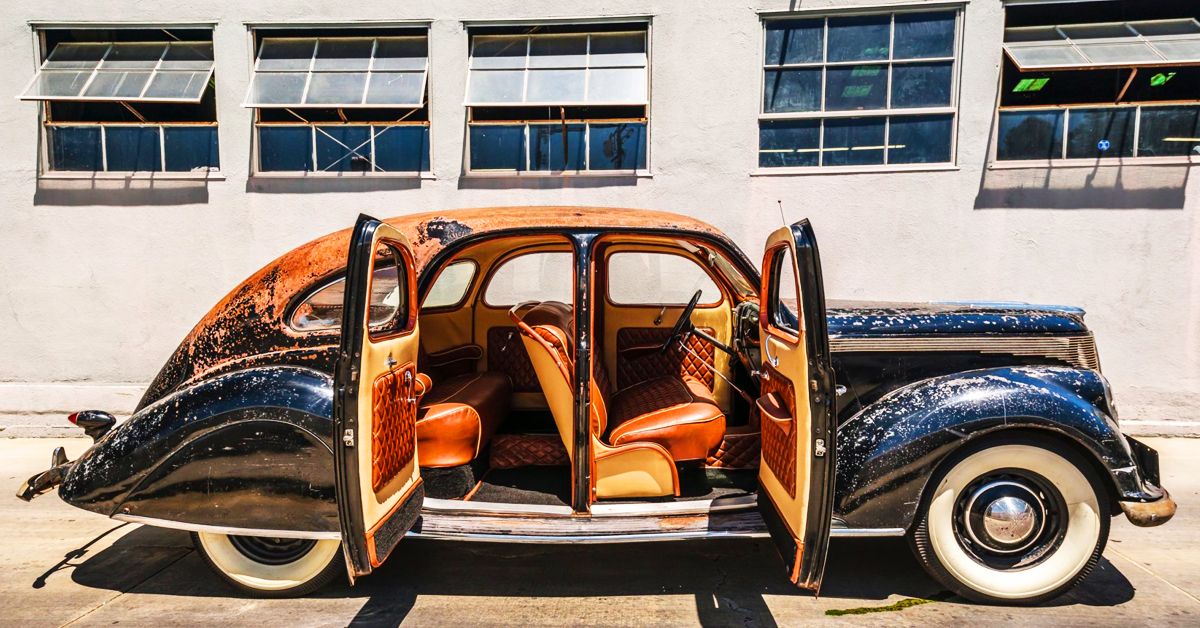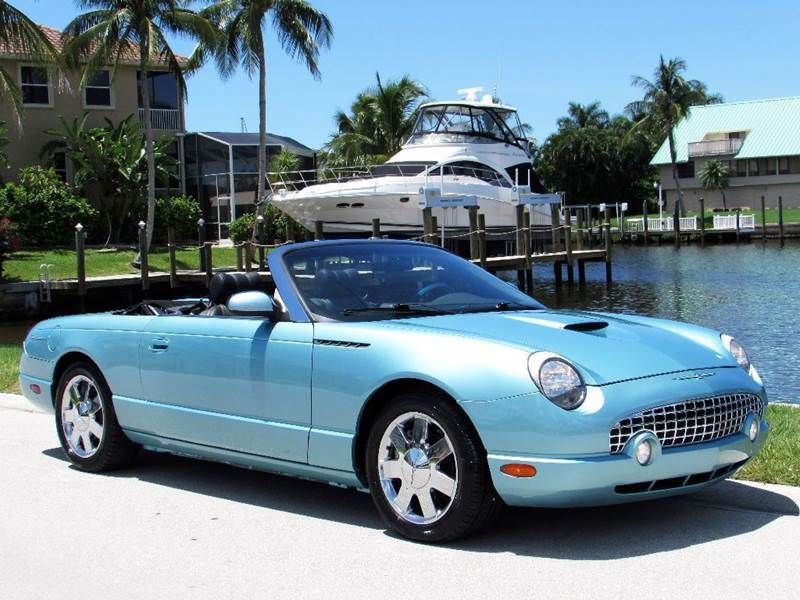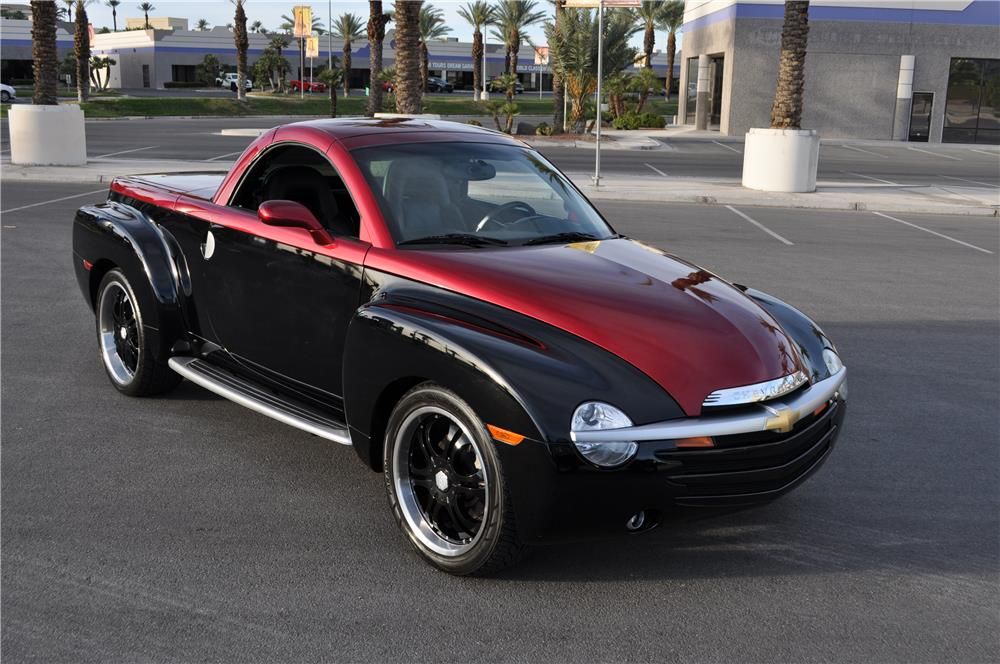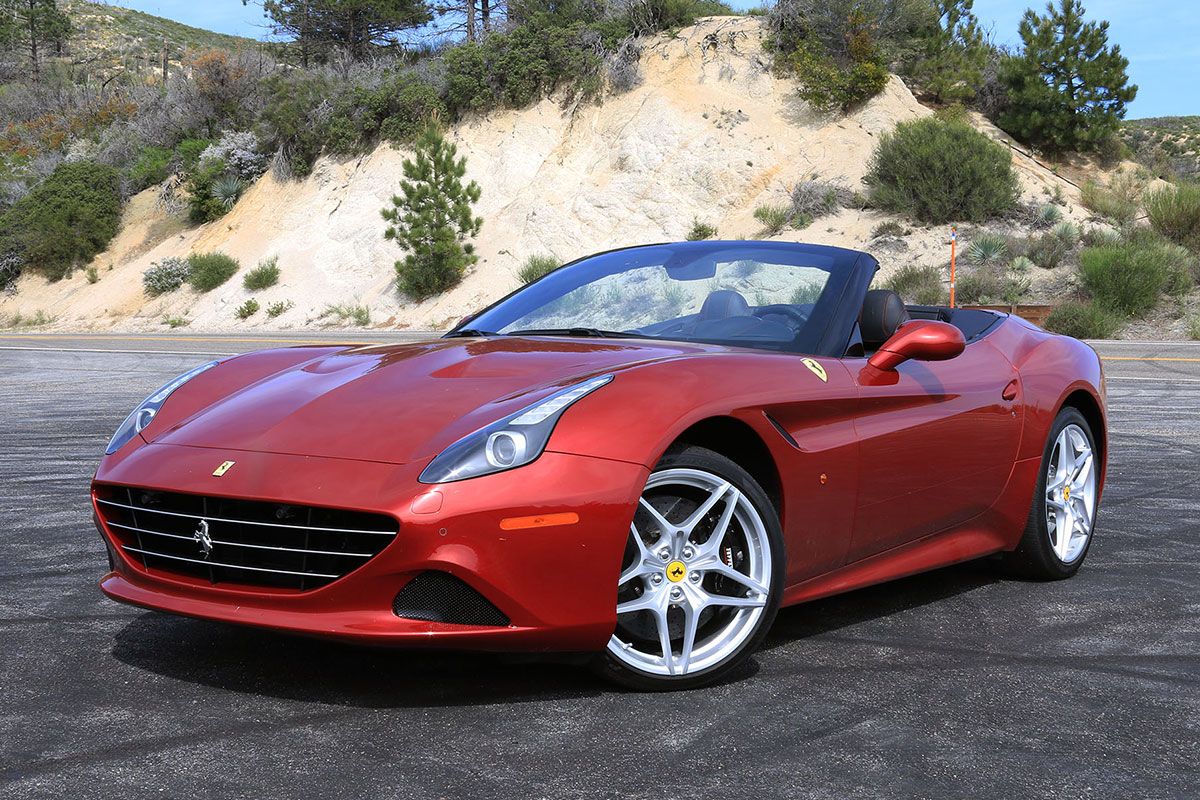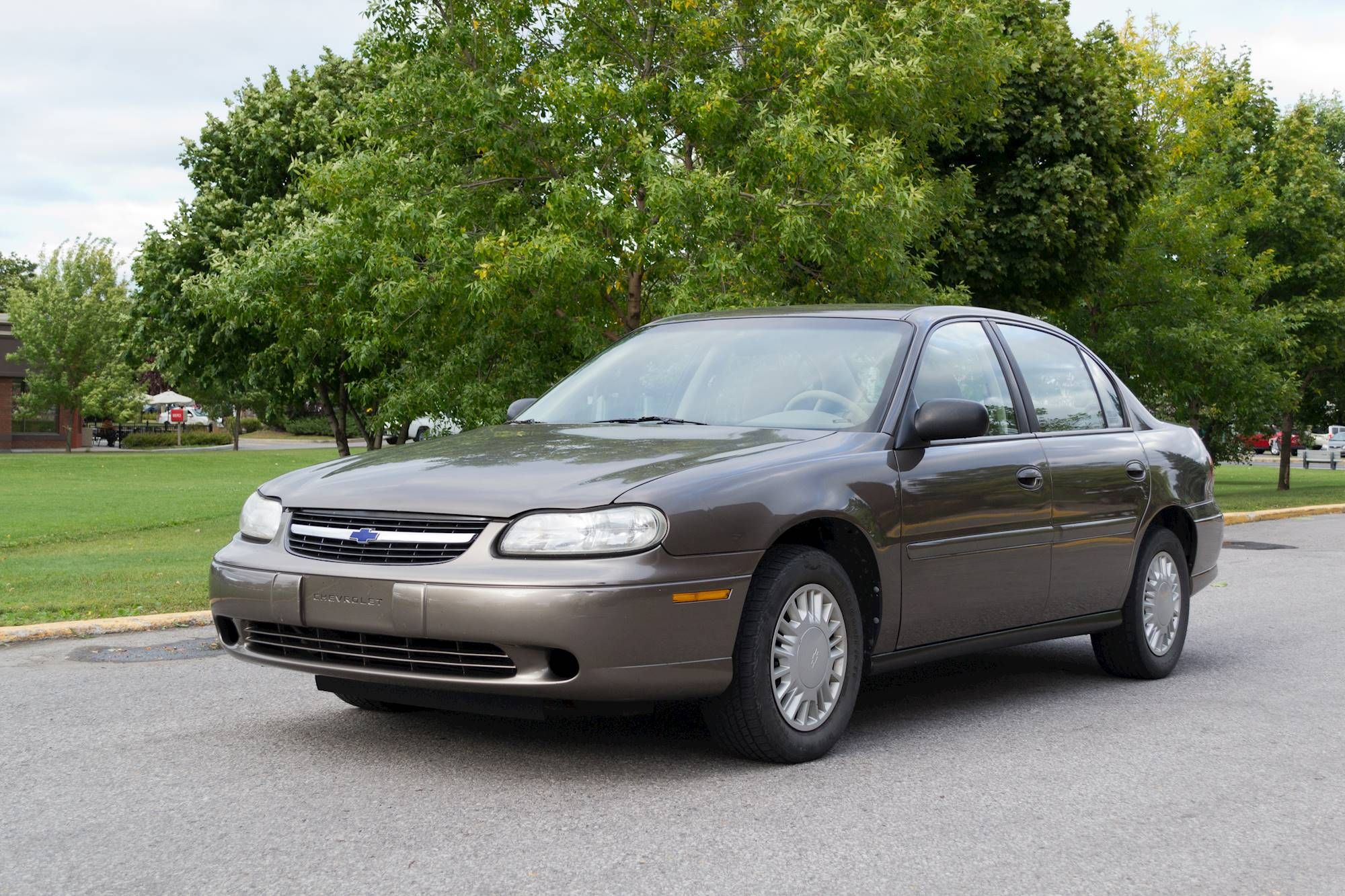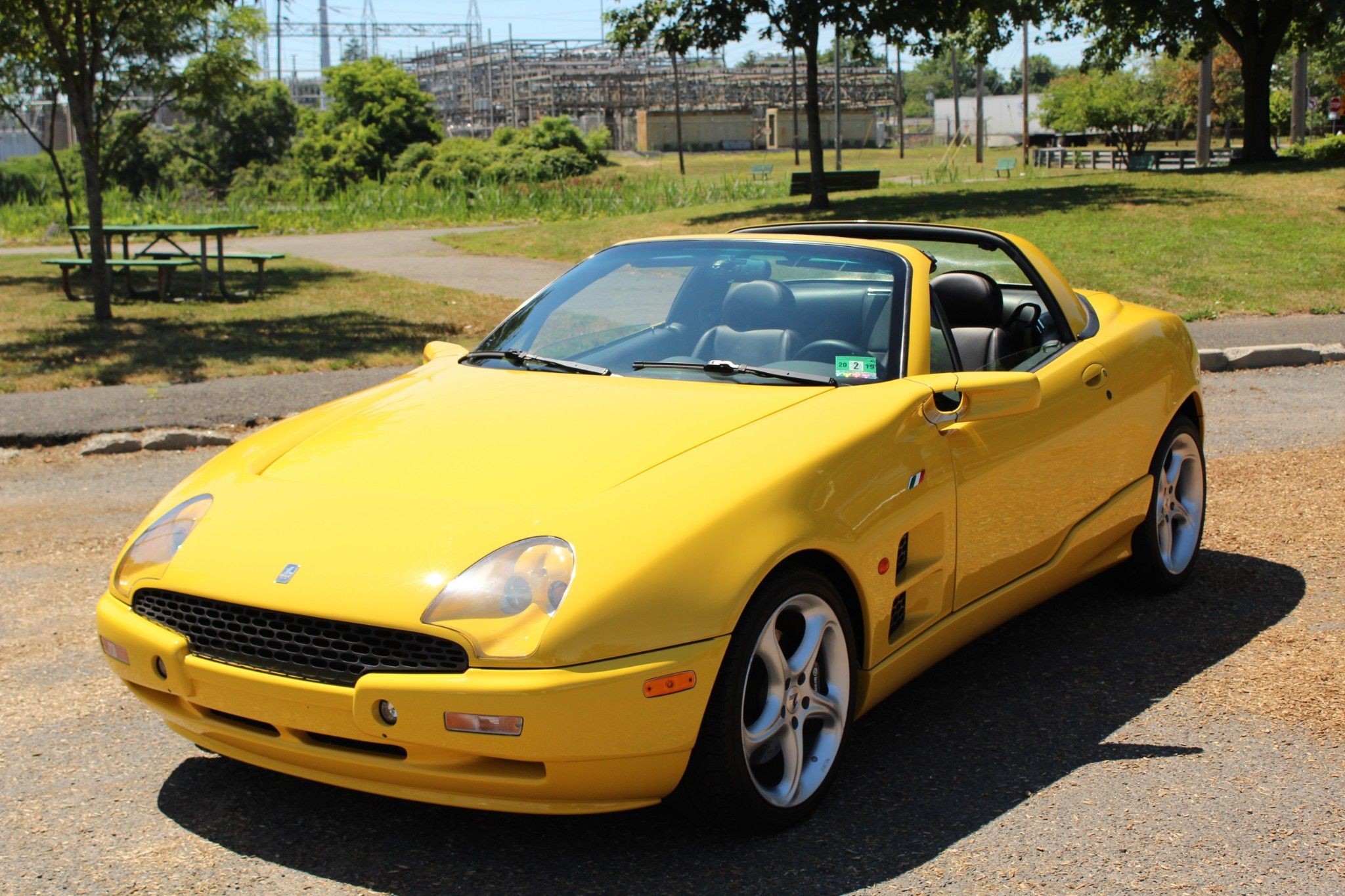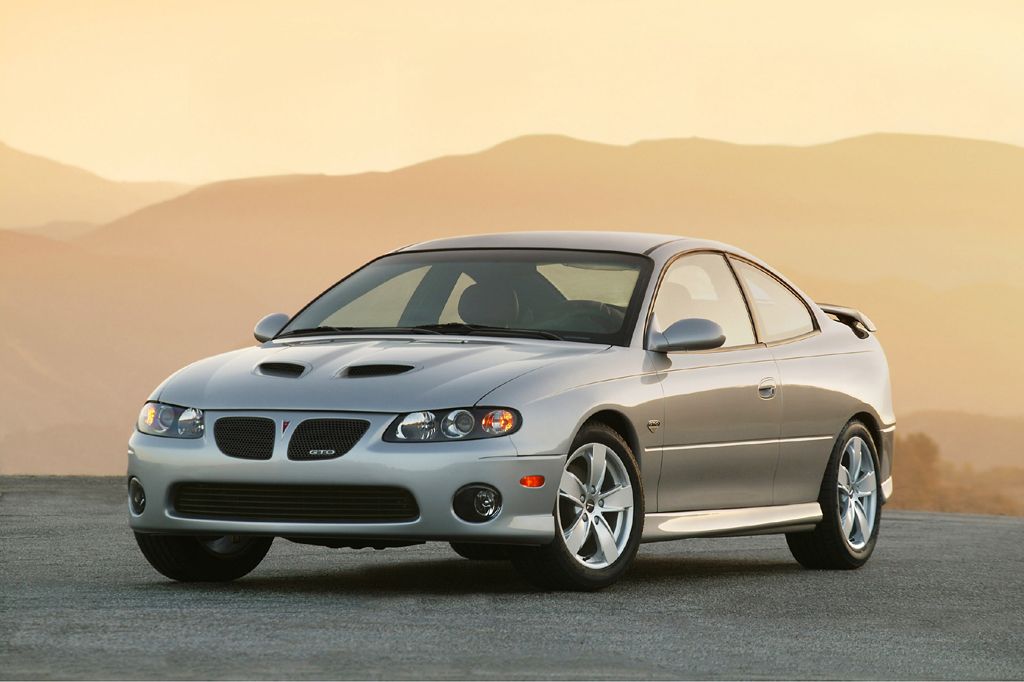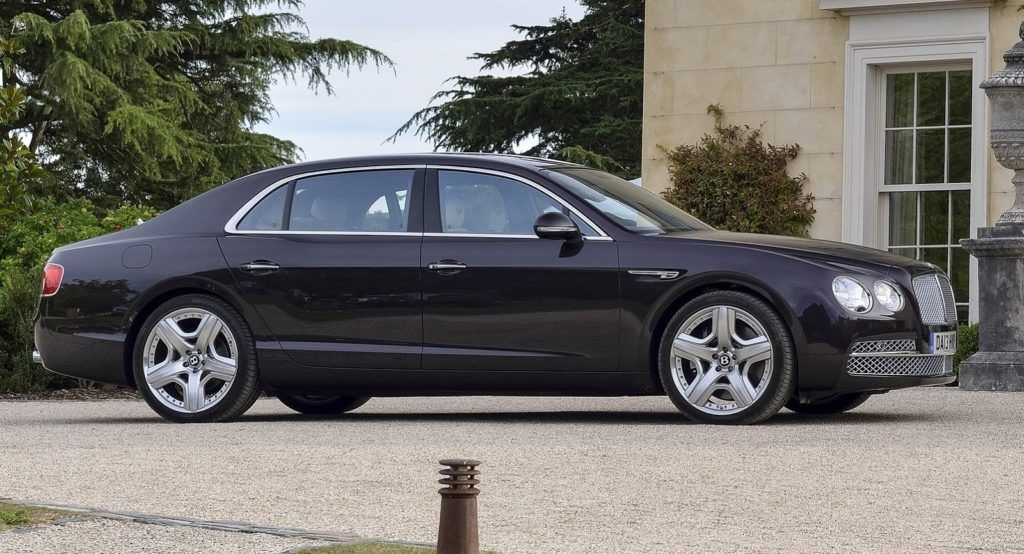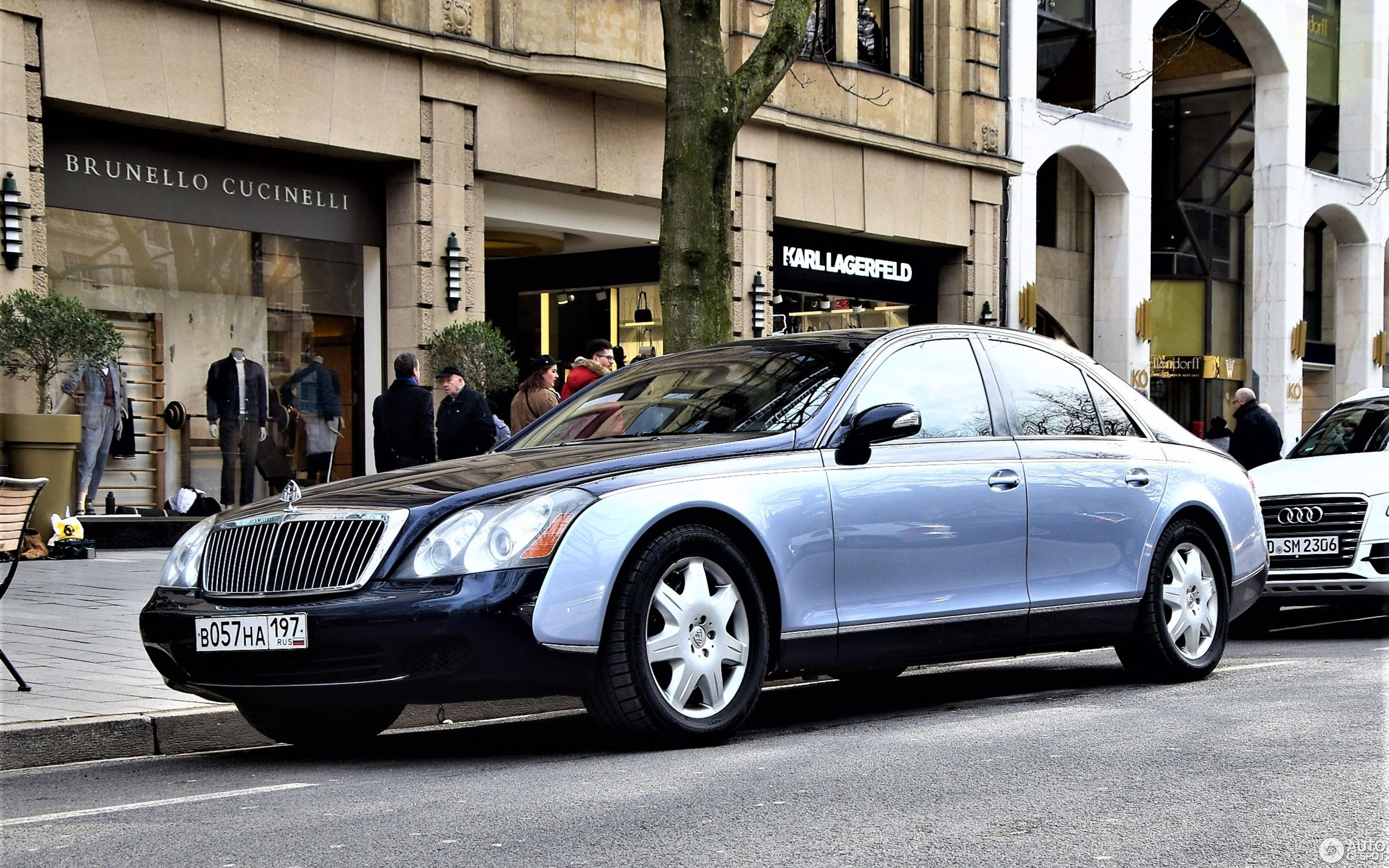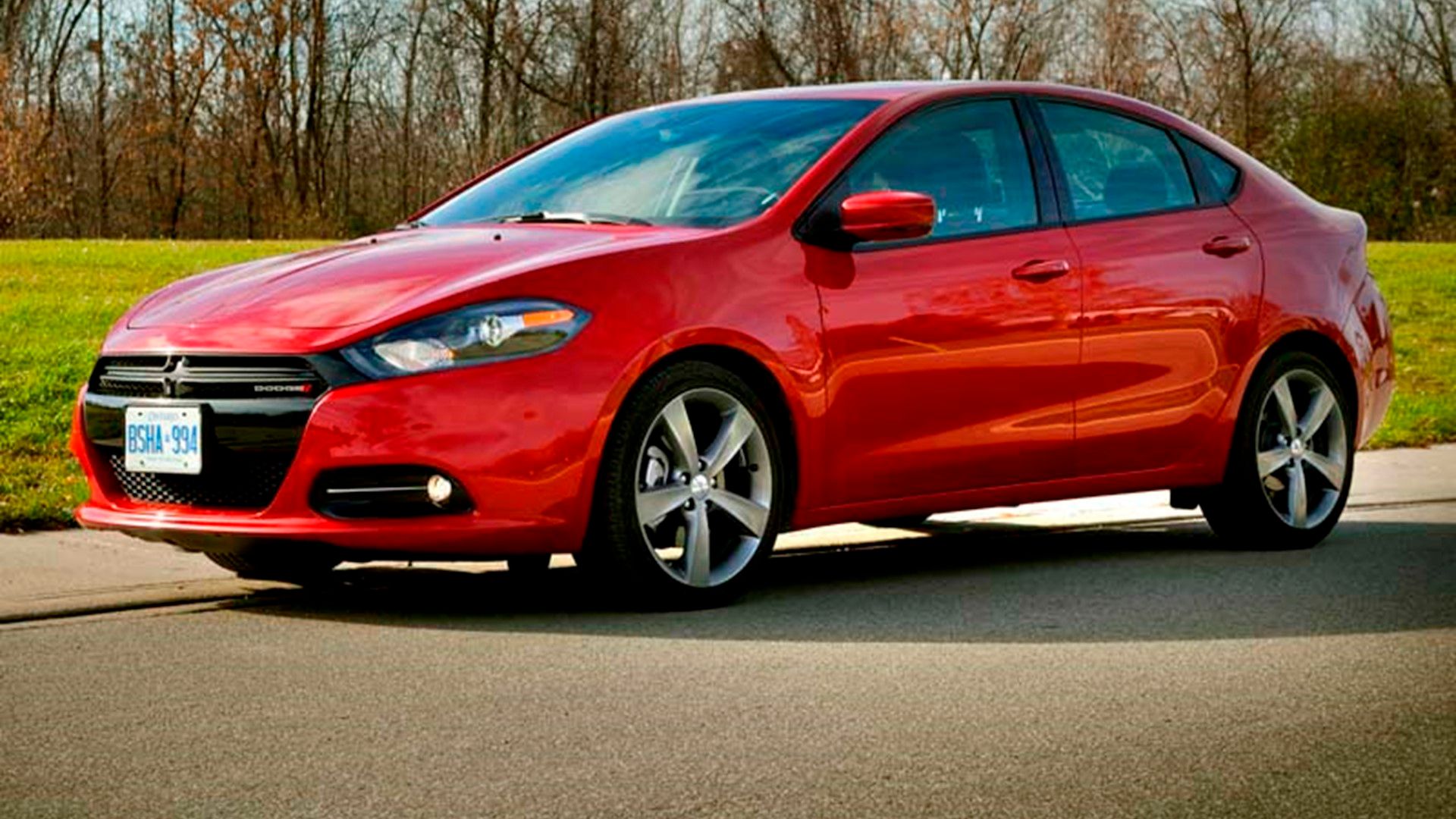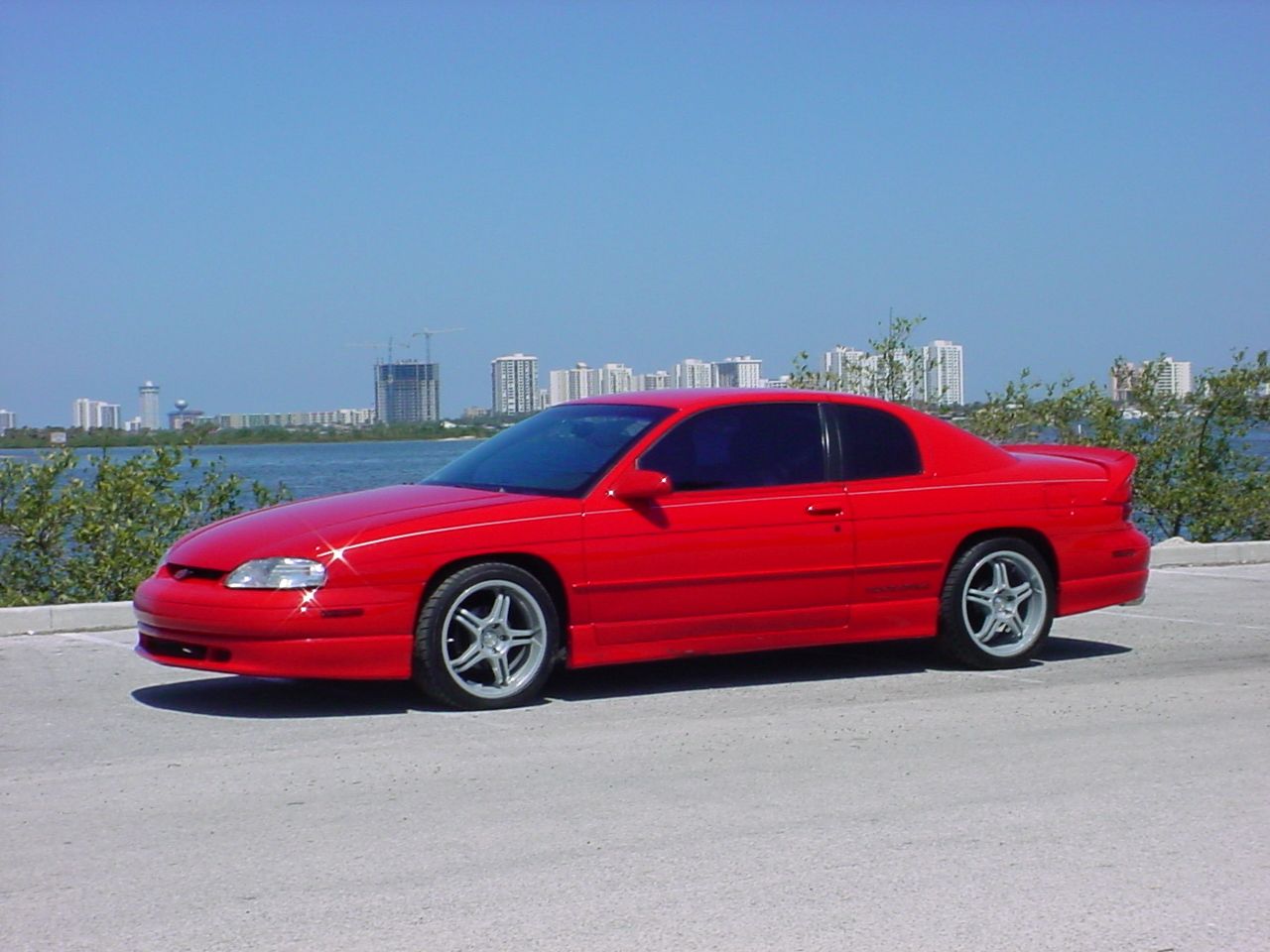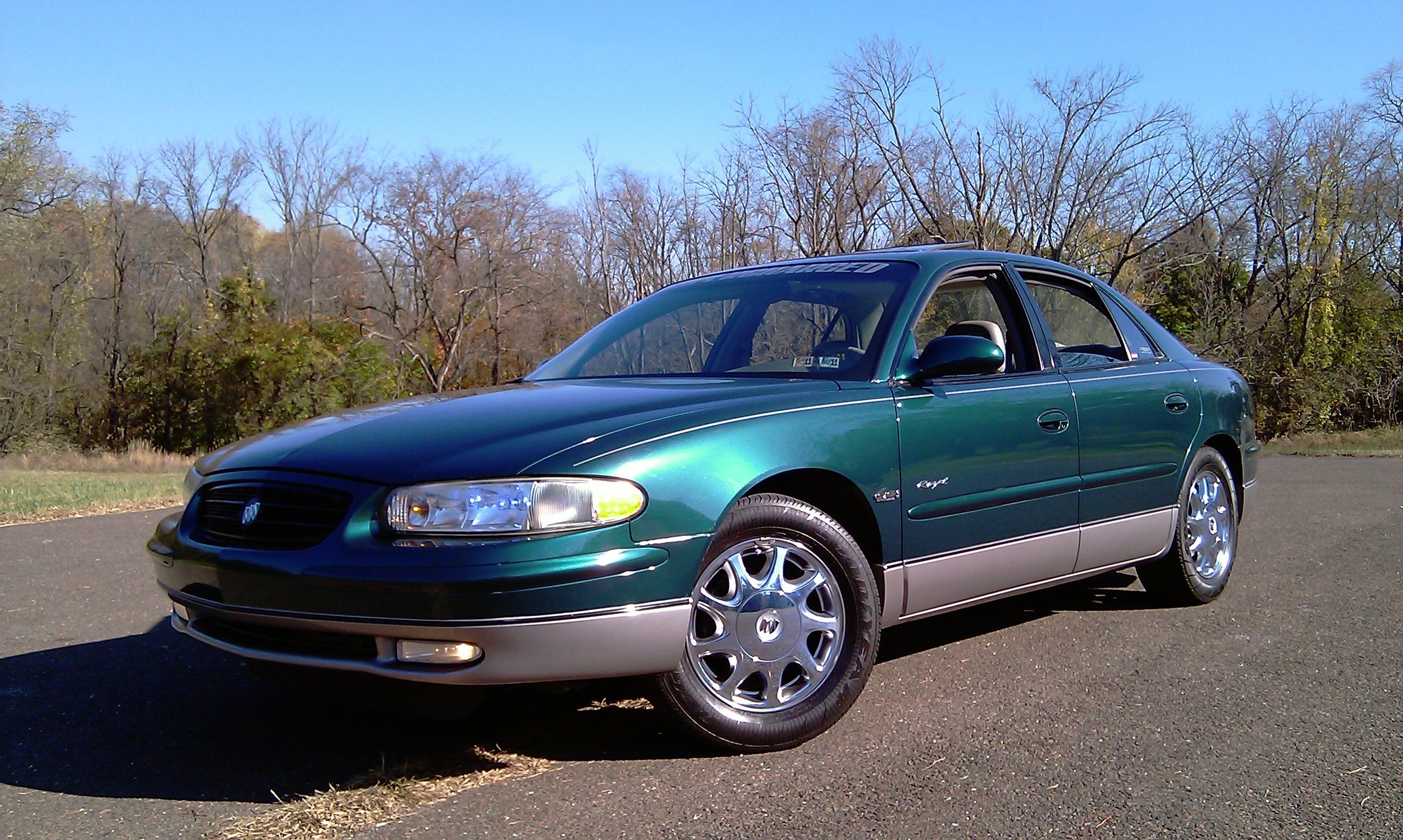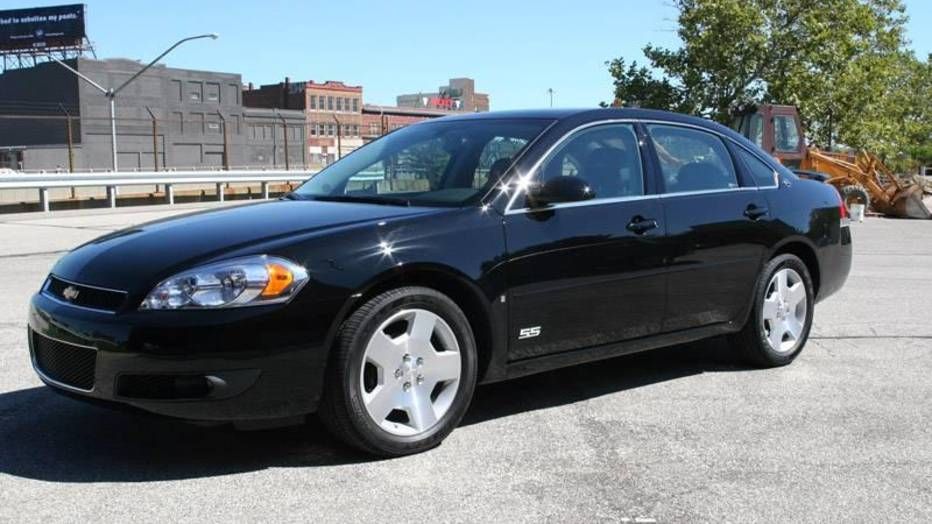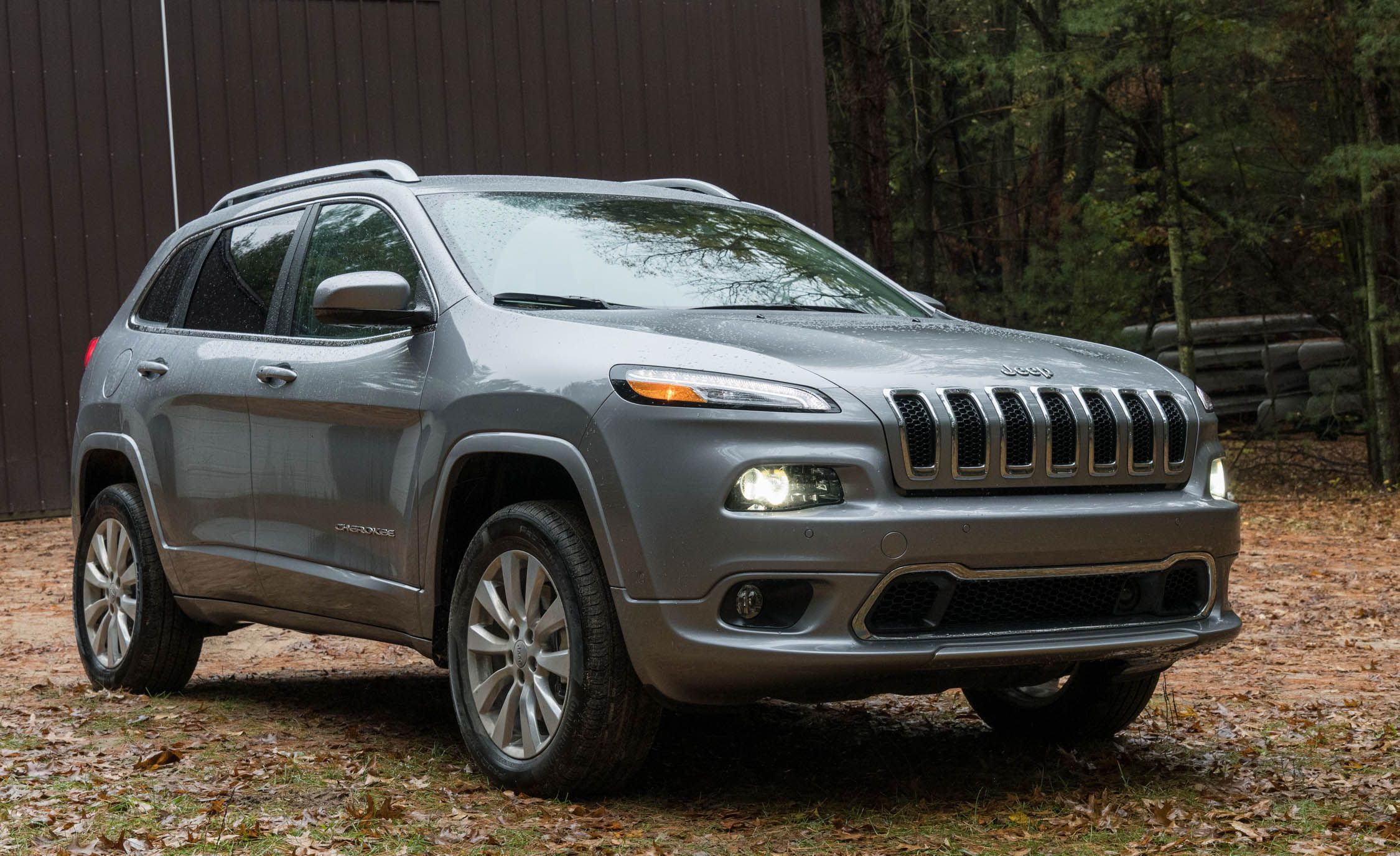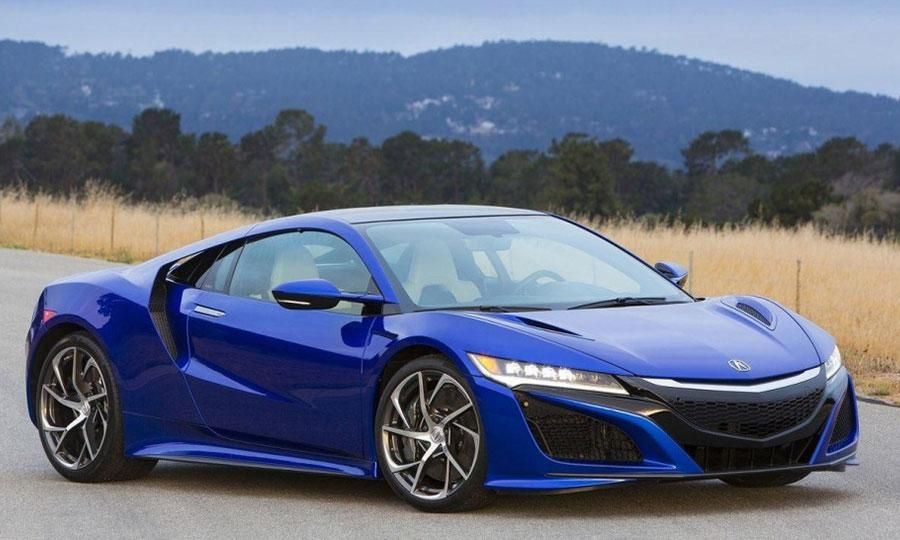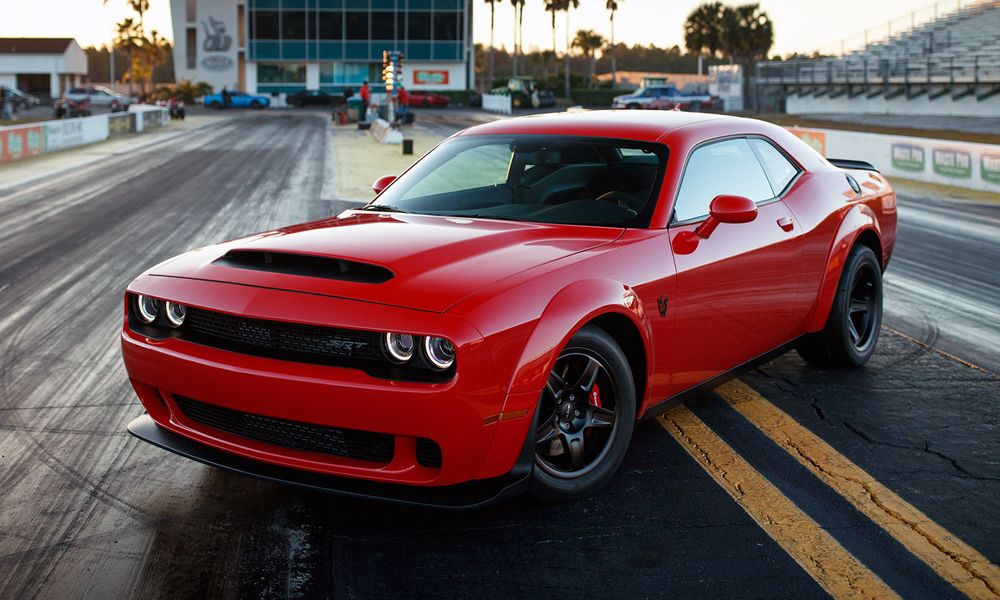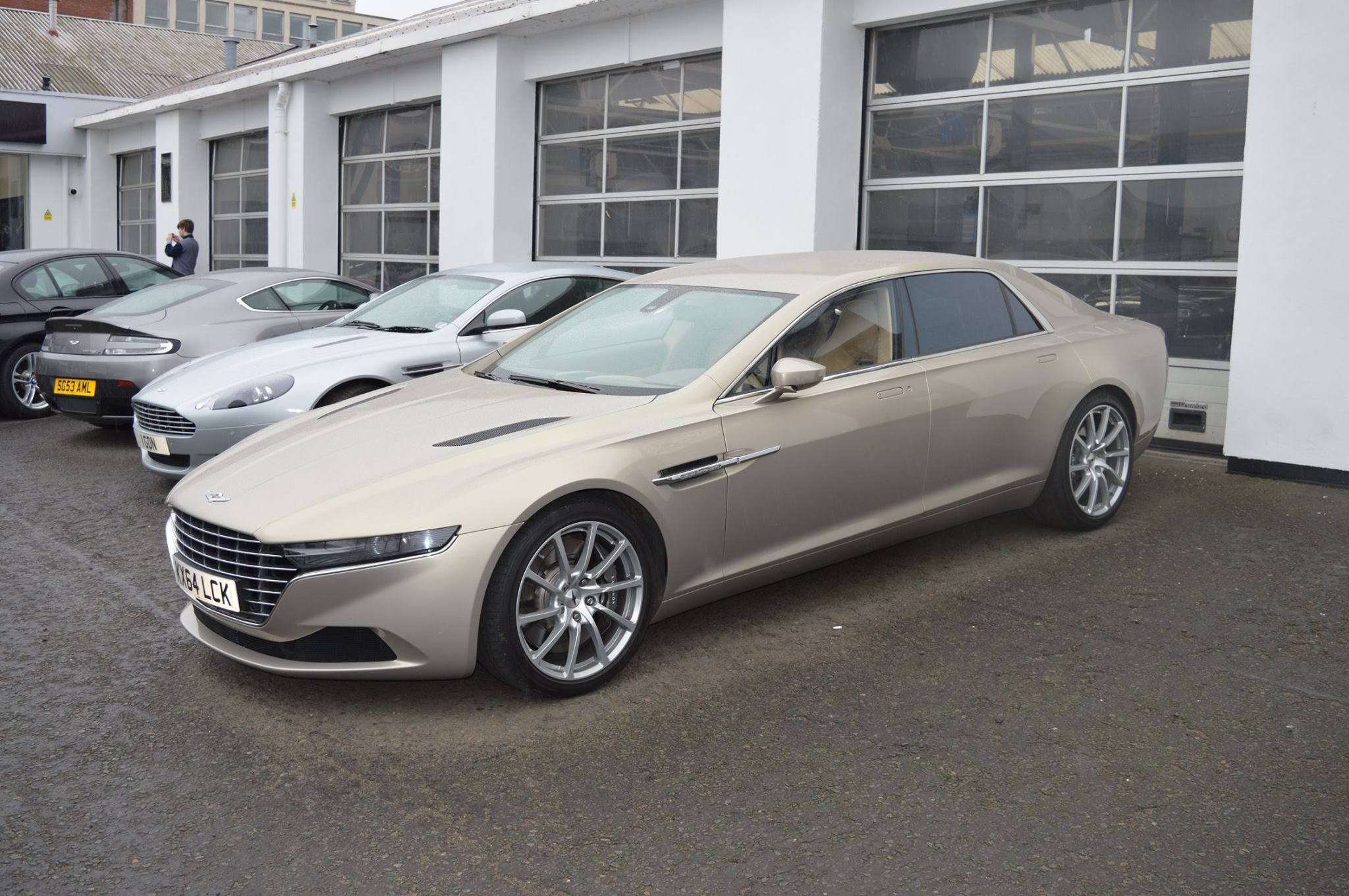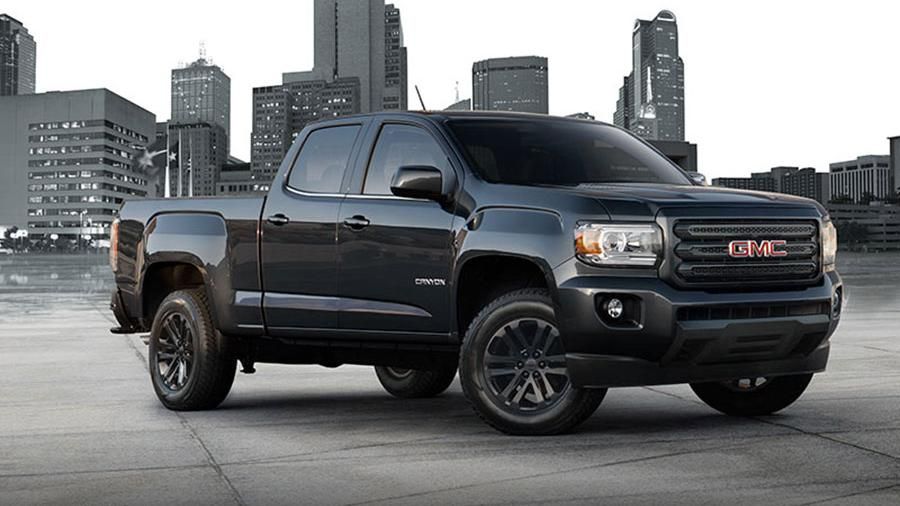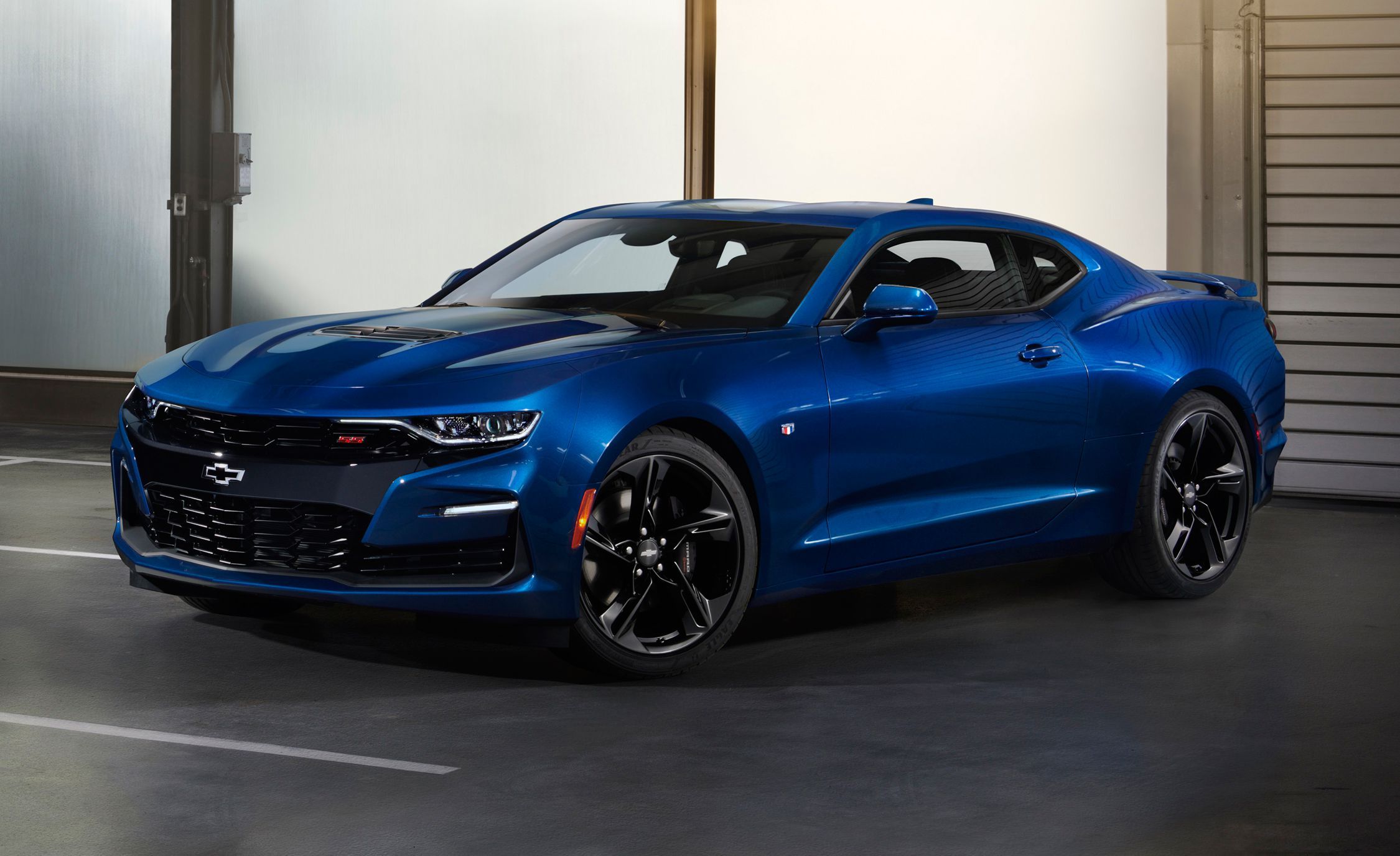Car designs and engine performances have changed since cars debuted at the beginning of the 20th century. Automobile manufacturers strive every year to outdo the competition by integrating new features and making the engines more powerful. Some models succeed to outperform the competition while others fall by the wayside. When car manufacturers don't succeed in satisfying the needs of the consumers, the organizations lose market share and have to discontinue some models. Fitting the vehicles with the latest technology and a high-performance engine is crucial for manufacturers if they want to ensure that the car remains on the market for the long haul. Manufacturers such as Ford and Toyota have kept certain models on the market for decades, as the companies are constantly refining their vehicles to ensure that they outperform the competition.
When the manufacturers fall short in upgrading a model, they pay the price with decreasing sales, leading to discontinuation. Sadly, some cars that manufacturers discontinued were good vehicles but remained the same throughout generations. To find out which cars gave owners satisfaction, we delved into the history of cars. Our search led us to discover amazing vehicles that the manufacturer discontinued but revived years later. In some cases, the revised model was better than its predecessor while other models should have stayed in the grave. We featured car reboots that we welcomed, as well as the ones we turned our backs on.
25 No-one Asked For: Ford Thunderbird
When you look into the history of automakers, one that stands out is Ford. The American manufacturer has made incredible cars, and the Thunderbird was no exception when it debuted in the 50s. The car was stunning and became an icon of American mid-century designs. When the Thunderbird became a four-seat coupe and stayed in production until 1997, Ford thought that a retrostyled reboot of the T-bird roadster in 2002 would revive the brand. The car did well in the first year of revival, but sales soon plummeted.
24 No-one Asked For: Chevrolet SSR
Chevrolet debuted the Advance Design Truck in 1947 and awed the world. The car was one of the most modern trucks in the world. The car's upright grille and raked windshield became automotive icons. The American manufacturer wanted to cash in on the retro car craze design in 2003 and designed the SSR by updating the Advance Design Truck. The problem was that the car had a small covered bed and a retractable hardtop on a TrailerBlazer SUV platform. Considering Chevrolet priced the truck over $40,000, buyers didn't show interest.
23 No-one Asked For: Ferrari California T
Even supercar manufacturers such as Ferrari are capable of making mistakes. When the Italian manufacturer unveiled the 250 GT in the 50s, most of the world regarded it as one of the most beautiful cars built. The designer created a stunning version for the North American market known as California Spyder, gaining prominence in the movie Ferris Bueller's Day Off. When Ferrari resurrected the iconic name in 2008, the price tag was over $200,000. The new version was not a bad car but nowhere near the model that came out in the '50s.
22 No-one Asked For: Chevrolet Malibu
The Chevrolet Malibu was a mid-size family sedan when it came onto the market in the 1960s and served as a base for the company's iconic vehicles such as Chevelle SS and the El Camino. Malibu was a bonafide muscle car and a NASCAR champion. Chevrolet thought that resurrecting it in 1997 would make consumers nostalgiac. The revised model wasn't the muscle car introduced in the '60s nor did it have any of the character, not to mention unpleasant to drive. Although the '97 model wasn't glamorous, the 2013 model had one of the most eccentric facelifts in automotive history.
21 No-one Asked For: Qvale Mangusta
Consumers who wanted a bad-boy vehicle in the '60s would have opted for the De Tomaso Mangusta. The car was an Italian sports car that resembled a combination of a muscle car and a Ferrari but had a Ford V8 engine. The car became the daily drive of GM Vice President Bill Mitchell. In the '90s, the manufacturer wanted to rebuild the vehicle with Ford mechanics but pulled out of the project, thereby leaving investors in the lurch. The car came back onto the market as the Qvale Mangusta, but the eccentric design and unusual name had the market turned off.
20 No-one Asked For: Pontiac GTO
One of the main reasons that manufacturers failed with the reboot vehicles is that the companies went overboard on the retro styling, but Pontiac's problem was the inverse. When Pontiac unveiled the car in 1964, it took the North American market by storm. The car was selected as the Motor Trend Car of the Year in 1968. The 6-liter V8 engine ensured that the car provided plenty of power, but Pontiac ignored the company's rich history of the most iconic nameplate, according to the Cheat Sheet. At over $30,000, buyers struggled to find reasons to purchase the GTO.
19 No-one Asked For: Lincoln Zephyr
Lincoln is a subsidiary of Ford and focused on building luxury cars. When the company unveiled the Zephyr in 1936, many people regarded the car as a competitive and respected luxury car that was less expensive than its competition. The car was a huge success for the Lincoln brand. The car had a 4.4-liter V-12 engine that was capable of pumping out 110 horsepower. In 2005, the American manufacturer revived the brand and called it the Lincoln MKZ. The revised model has lived throughout two generations as a gasoline and hybrid model but isn't the same luxury vehicle that debuted in the 1930s.
18 No-one Asked For: Maybach 57
Maybach has an extensive history in building luxury cars for wealthy people. Most car pundits considered the vehicle to be extravagant and a worthy competitor in the luxury vehicles segment. When Daimler-Benz acquired the brand in 1960, it became dormant. To remain competitive against brands such as Rolls Royce, Daimler decided to revive the Maybach brand. The result of the company's efforts was the Maybach 57 and the long wheelbase version, the Maybach 62. Sales were slow, as the revived models failed to impress the market.
17 No-one Asked For: Ford Taurus
The Taurus was a major milestone for the Ford brand. When the American manufacturer brought out the vehicle in 1985, the Taurus was the first automobile that Ford designed and manufactured using the statistical process control. The car had an influential design that had new features and innovations the market had not seen at the time. During the late '90s, sales declined as Ford lost market share to Japanese midsize sedans and Ford focused on building SUVs. Ford discontinued the brand in 2006 but revived it during the 2007 Chicago Auto Show. The revised model was a disappointment.
16 No-one Asked For: Dodge Dart
Dodge Dart was a household name in the '60s and '70s that Dodge sold as a mid-range daily-driver to families around the world. The car had a front-engine, rear-wheel drive layout, and buyers had the option of choosing a slant-6 or a V8 engine. The car lasted on the market until 1976. When Dodge revived the brand in 2013, the American manufacturer based the car on a Fiat chassis architecture. The car didn't share most of the components with the original vehicle. The market noticed that the two cars weren't the same and stopped buying it. Dodge discontinued the brand in 2016.
15 No-one Asked For: Chevrolet Monte Carlo
The '70s was a great time for cars. One of the cars that made a big impression on consumers was the Chevrolet Monte Carlo. The car was a two-door coupe that Chevrolet produced since 1969 and a V8 engine. Chevrolet reintroduced the SS model from mid-'80s with a 5-liter V8 engine. The car had plenty of power and good looks to match. Production ceased in 1987, and Chevrolet resurrected the vehicle in 1994. The new car was different from the original. Not only did Chevrolet not re-instate the extravagant interior but the engine performance was subpar.
14 No-one Asked For: Buick Regal
The Buick Regal was one of the cars that made the '70s car market spectacular. The car was a mid-size automobile that Buick introduced in 1973 as a two-door coupe and a four-door sedan. The car embodied the classic design that '70s cars were known for, and consumers showed that they loved the vehicle by purchasing it for three decades until Buick discontinued the brand in 2004. When Buick re-introduced the vehicle in 2011 to the North American market, it aimed to attract the younger market, but unfortunately fell short.
13 No-one Asked For: Chevrolet Impala
How many times can you revive a brand before you realize that it isn't working? The first production run lasted from 1957 until 1985. That was the most impressive generation that Chevrolet brought out from the Impala and should have continued the tradition. The second run lasted from 1994 until declining sales brought the Impala production to a screeching halt in 1996. Then, Chevrolet revived the brand for the third time in 2000 and had kept the brand in production since. The original Impalas were the best, and Chevrolet should have kept that tradition going.
12 Thrilled: Jeep Cherokee
What makes Jeep so special is that the company was making SUVs when the majority of the market was producing sedans. When the market veered from sedans to SUVs, Jeep got the majority of the market share. When the Cherokee appeared onto the market in 1974 as a Wagoneer trim level, it was a sportier 2-door version of Jeep's big wagon. In 1984, the Cherokee became a model until production ended in 2001. The manufacturer revived the brand in 2014 and manufactured a vehicle that had Jeep's most radical exterior produced. Jeep offered a four and six-cylinder engines.
11 Thrilled: Acura NSX
The Acura was a special vehicle when it came onto the dealership floors in the '90s, as it had out-of-this-world capabilities and dashing looks. The car had a 3-liter V6 engine that was capable of pumping out 270 horsepower with a 5-speed manual transmission that turned the rear wheels, according to Auto Trader. One of the major downfalls for the vehicle in the mid-2000s was the exorbitant price increase. The price increased from $60,000 to $90,000, but the revived model had a 3.5-liter twin-turbo V6 that was capable of pumping out 550 horsepower. At almost $160,000, the Acura NSX is a car for those with deep pockets.
10 Thrilled: Dodge Challenger
Challenger owners who sold their classic vehicles are rueing the day, as the average price at an auction goes for around $60,000. The Challenger was a muscle car that debuted in 1958 under the Chrysler Corporation. The car passed through several manufacturers that had revived the model, but the 1970 model had nine different engines, including a 425 horsepower HEMI V8. Dodge revived the brand in 1978 and kept it in production until 1983. The latest generation looks like a muscle car, which was the original design of the vehicle. The Challenger is a hot contender in the muscle car segment.
9 Thrilled: Aston Martin Lagonda
Originally, the car market new the vehicle as the Aston Martin Lagonda while it remained in production from 1976 until 1990. If you compare the current models to the original Lagonda, you will notice that the shapes are vastly different. The original model had a box shape whereas the new ones are more elegant. The British manufacturer revived the brand and called it Aston Martin Lagonda Taraf. The car has a 6-liter V12 engine that is capable of pumping out 533 horsepower. Aston Martin decided to produce the vehicle in limited numbers and attached a price tag of over $1 million for the car.
8 Thrilled: Ford GT
You don't want to make Henry Ford angry. When Enzo Ferrari backed out of selling his company to Ford at the last minute, Ford instructed his engineers to build a car that would beat Ferarri at the Le Mans. The Ford GT40 claimed four consecutive championships from 1966 until 1969. The production of the Ford GT commenced in 2004 and the car lasted on the market until 2006. The top speed of the vehicle is 205 mph, and the car needs 3.8 seconds to reach o to 60 mph. Ford thought that the GT deserved another chance, revived the brand in 2016, and kept it in production since.
7 Thrilled: GMC Canyon
We would not have blamed you if you were confused between the Chevrolet and GMC brand. The manufacturer originally launched the S15 in 1981 and renamed it Sonoma ten years later with no break in production. Then in 2004, GMC believed that Canyon was a more marketable moniker and produced it until 2012. The problem that the Canyon faced was stiff competition from Toyota Tacoma and Nissan Frontier. Chevrolet restrategized and relaunched the Canyon in the United States in 2015 as a midsize pickup. The revised model was better than its predecessors.
6 Trilled: Chevrolet Camaro
The muscle car segment consists of only a few vehicles that embody the true definition of a powerful car that looks aggressive as it performs. One of those cars is the Chevrolet Camaro. The car debuted in 1966 and lasted until 2002. Considering the car was on the market for almost four decades, it was a huge success for the brand. Chevrolet had offered a V6 and a V8 engine, with the top grade, SS, providing 295 horsepower. The U.S manufacturer revived the brand in 2010 and unveiled to the market a stunning modern interpretation of Camaro's original design.

